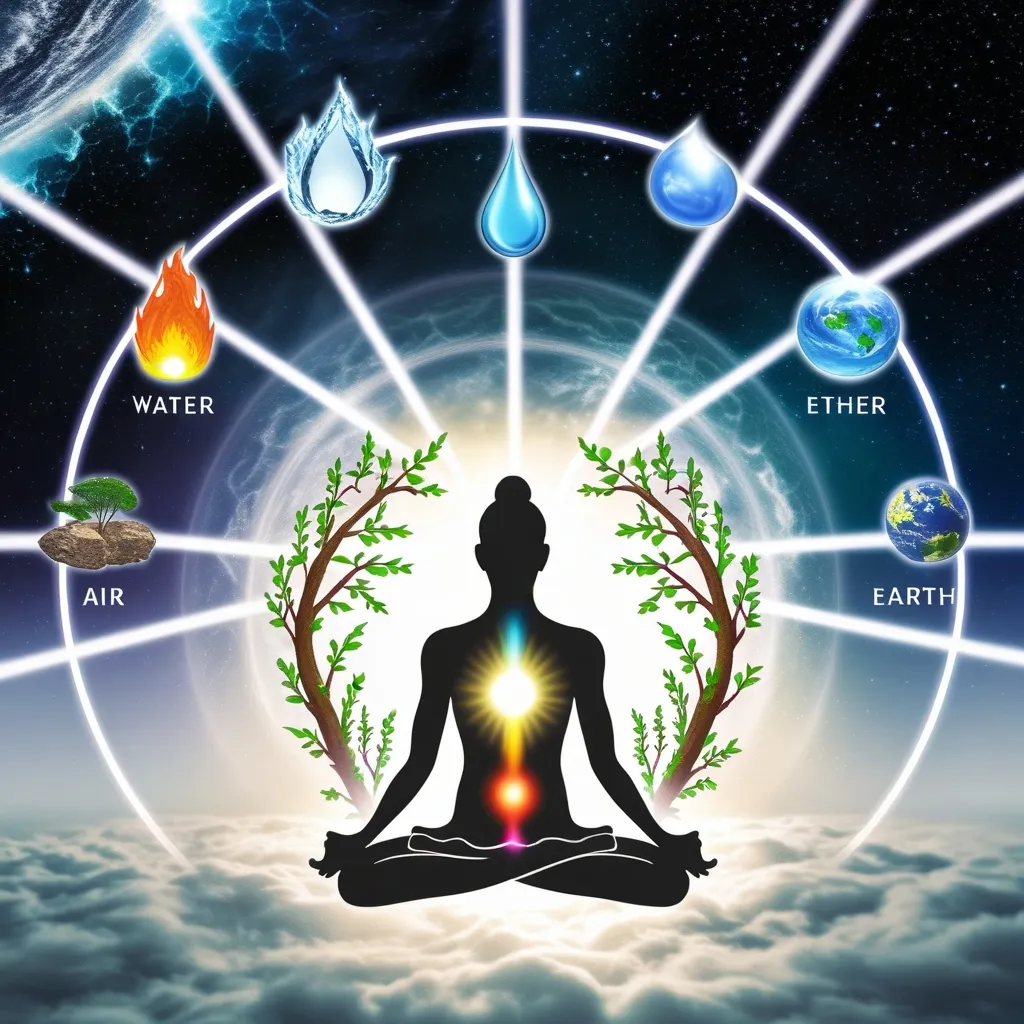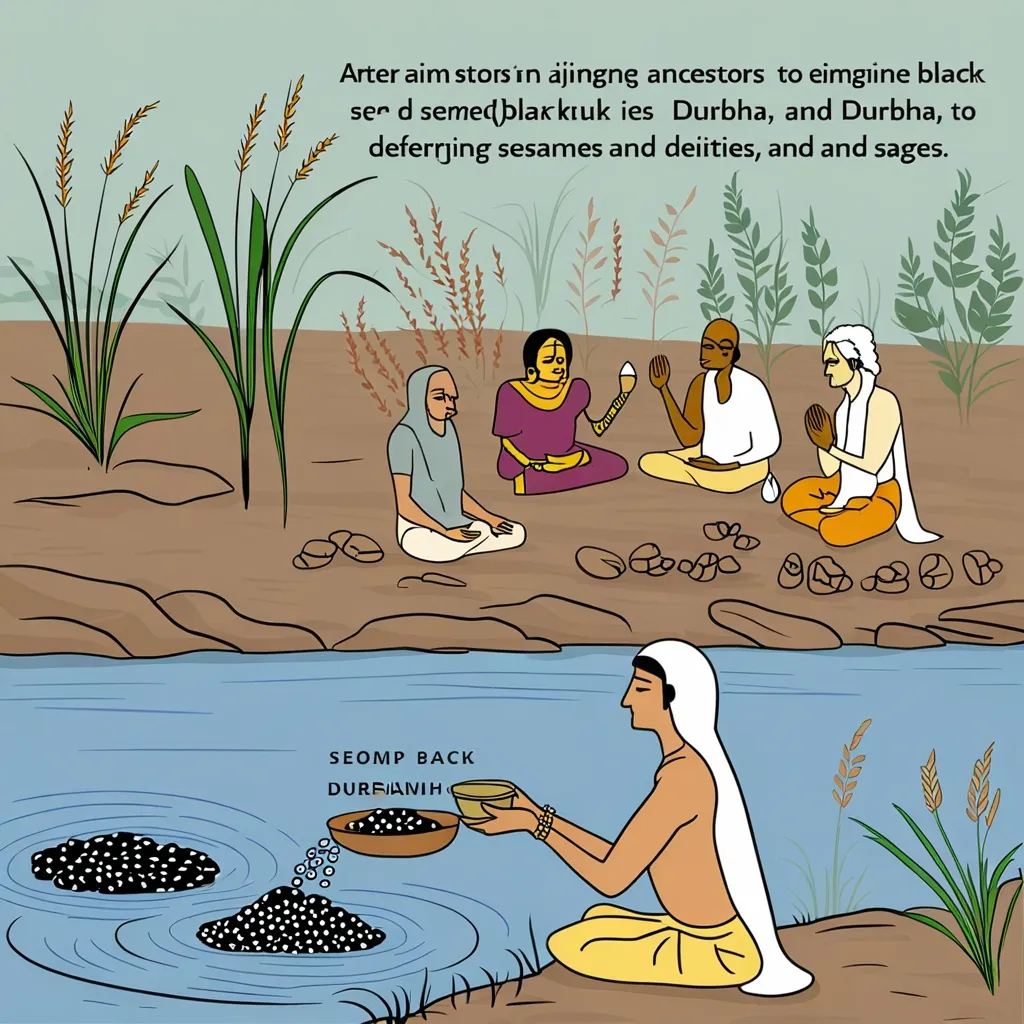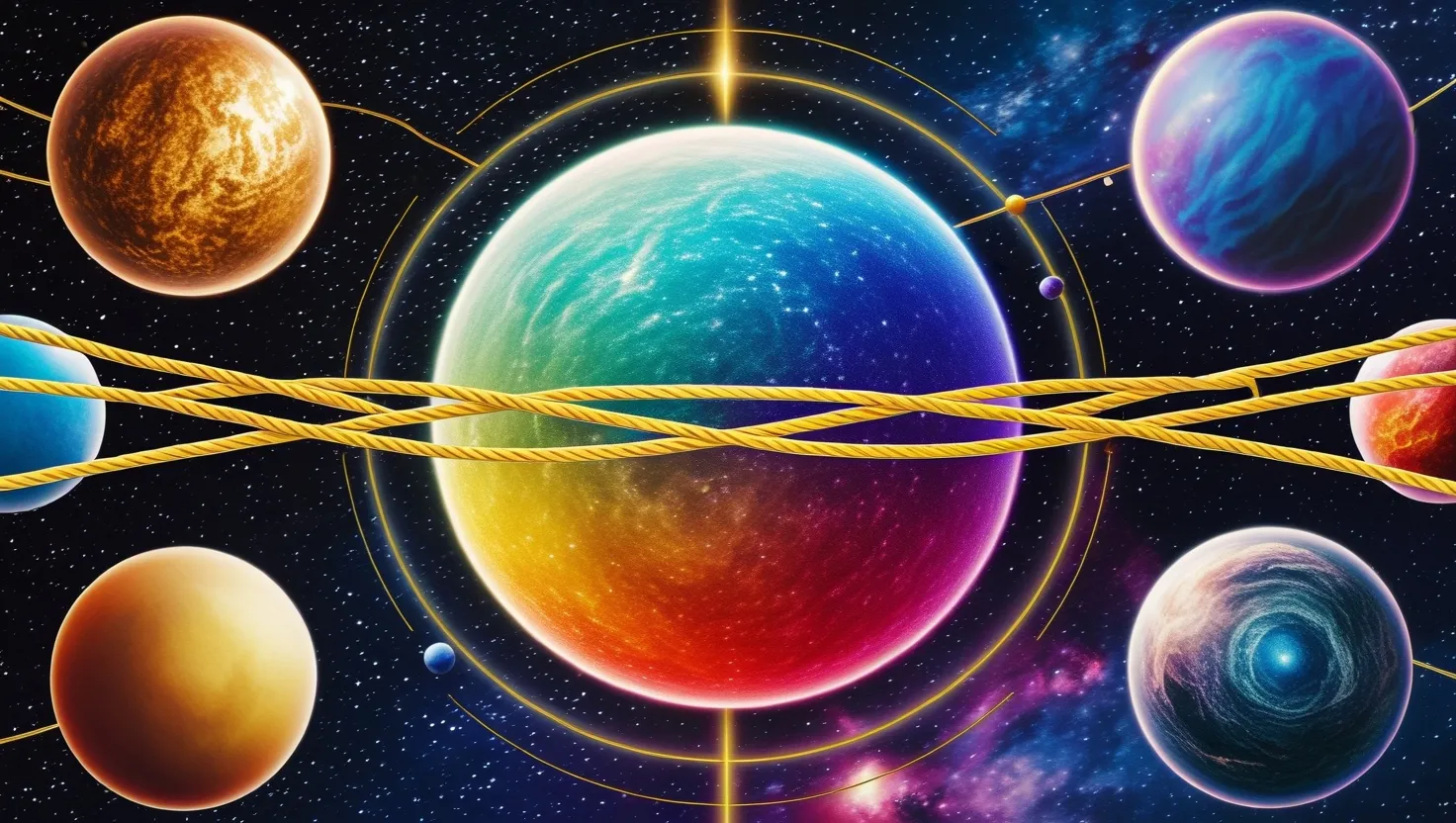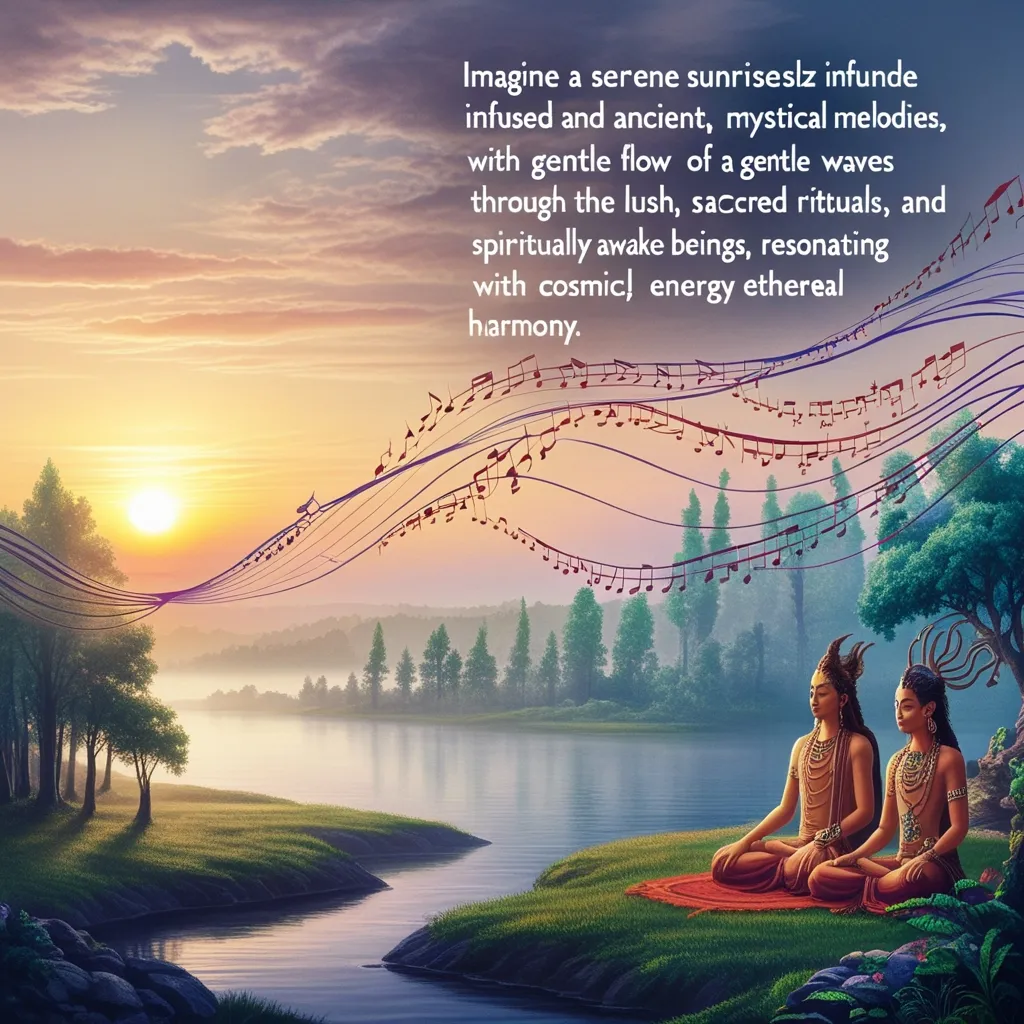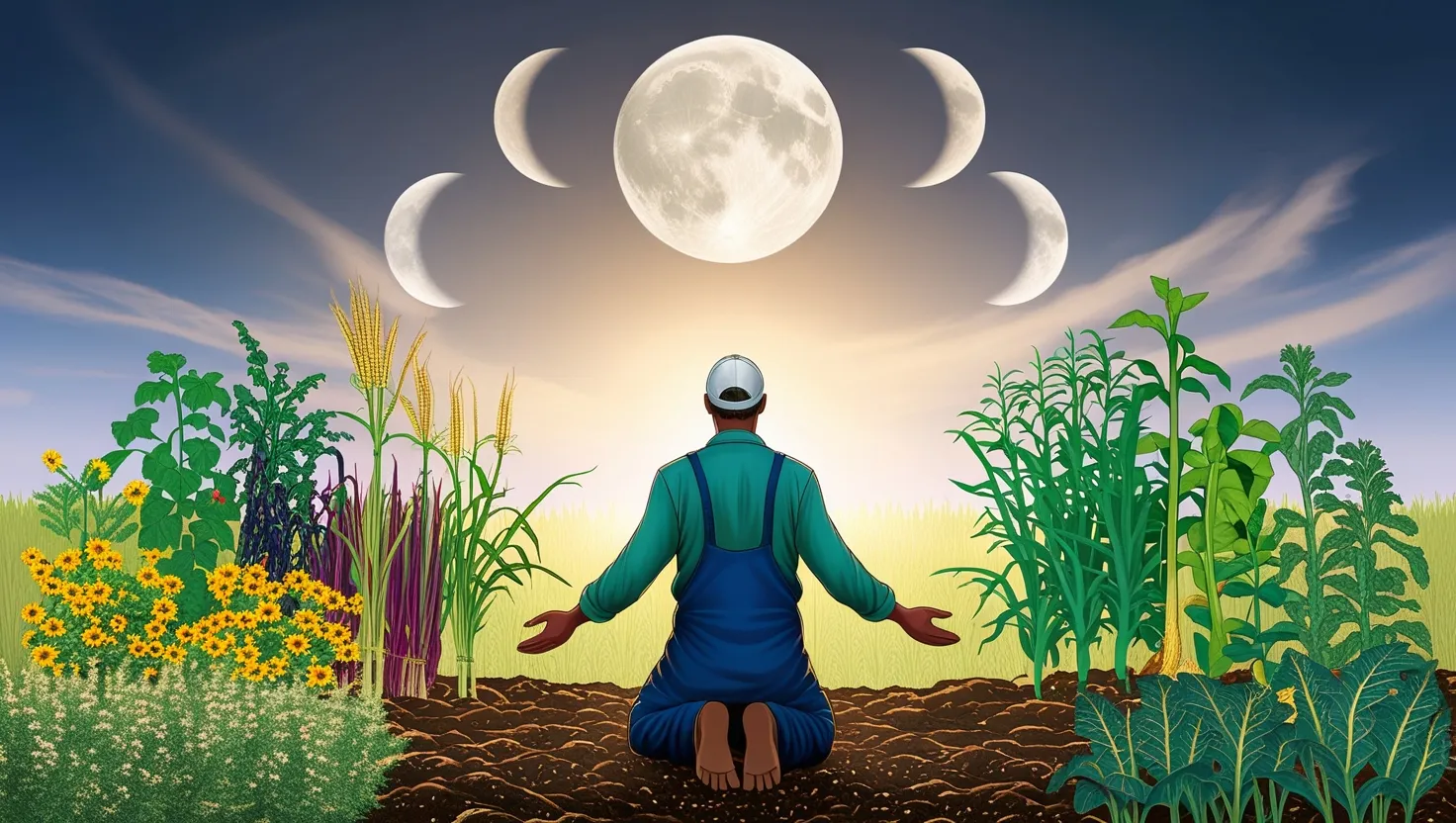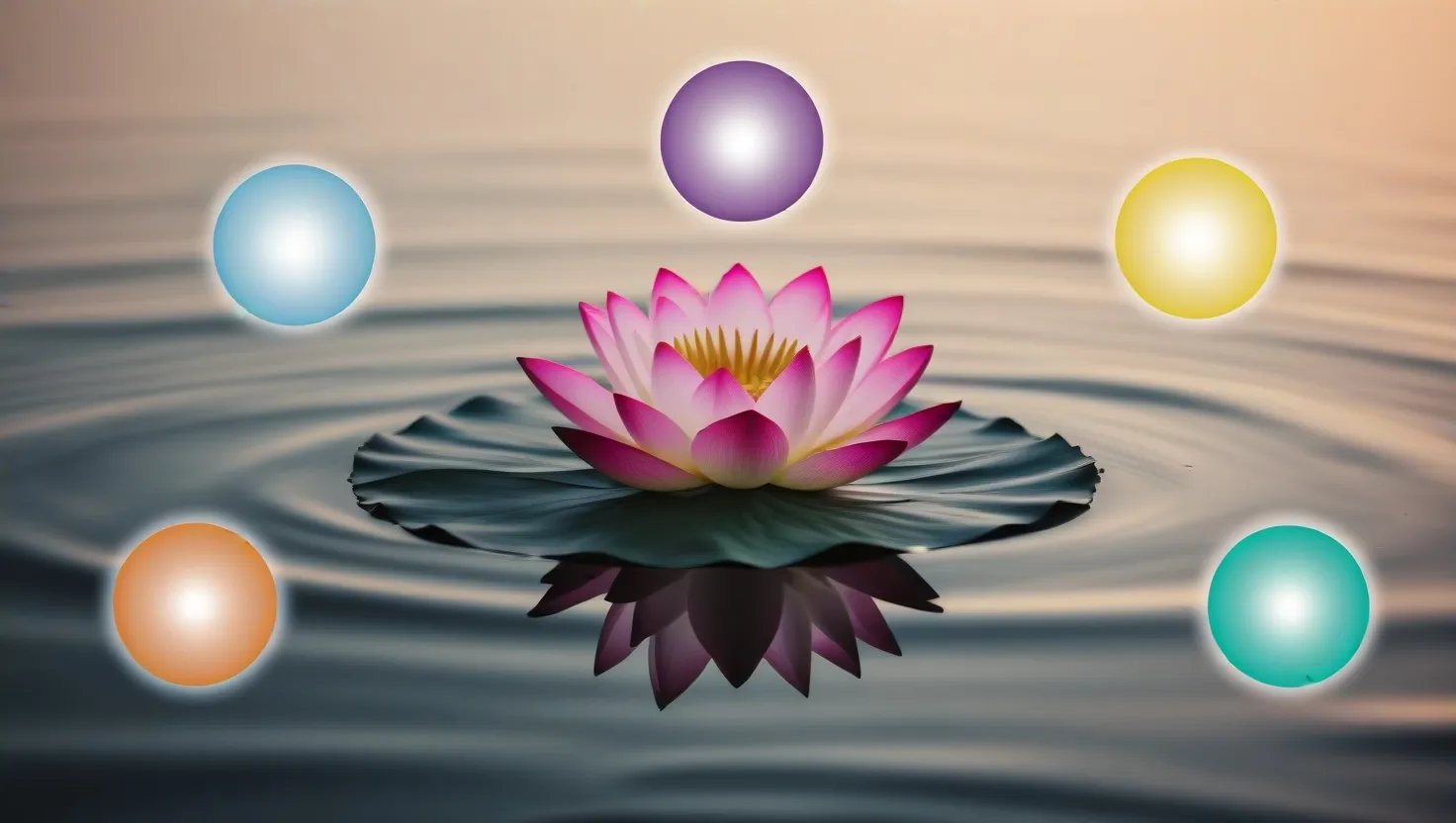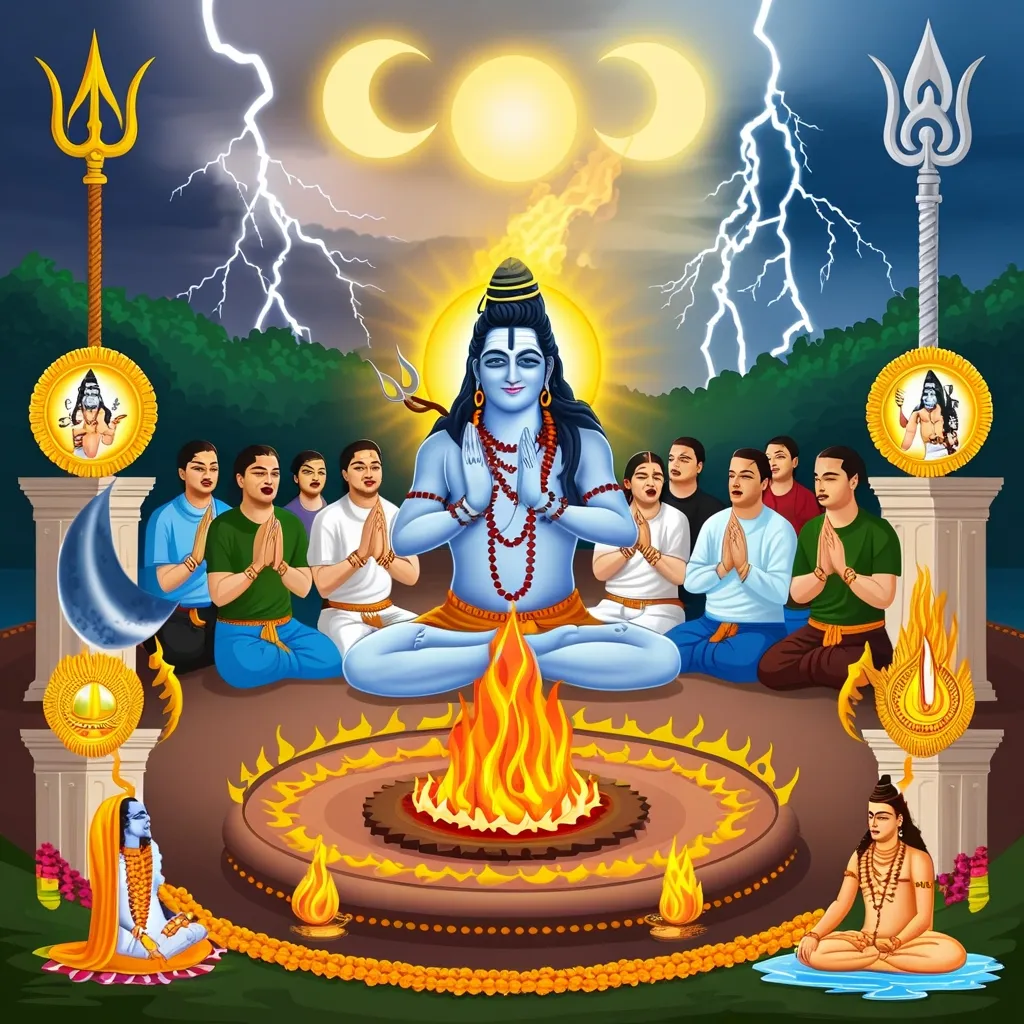In the vast and intricate tapestry of Hindu scriptures, the Yajur Veda really stands out, especially when we talk about the philosophy of the self and the concept of Atman. This ancient text, part of the four main Vedas, dives deep into the essence of existence, the universe, and the human soul.
At the heart of these teachings lies the concept of Atman, often translated as the soul or the self. According to the Yajur Veda, Atman is not just a fleeting entity; it’s an eternal and unchanging essence within every individual. The Upanishads, which are the philosophical extensions of the Vedas, beautifully capture this idea. The Katha Upanishad, a part of the Yajur Veda, tells the story of Nachiketa, who embarks on a quest to understand Atman through his interactions with Yama, the deity of death. Their dialogue drives home the point that Atman exists and is the ultimate bliss one can achieve.
But it doesn’t stop there. The Yajur Veda and its Upanishads emphasize that all existence is united. The Shvetashvatara Upanishad suggests that the Universal Soul is present in every individual, and everything in the world is basically a projection of this unified Self. This unity is summed up in famous sayings from the Upanishads like “Aham Brahma Asmi” (I am Brahman) and “Tat Tvam Asi” (You are that Brahman), highlighting the deep connection between the individual self (Atman) and the ultimate reality (Brahman).
Vedic philosophy also explores Prakrti, or divine Nature. Prakrti is considered the supreme mother of all life forms, animate and inanimate. It provides the five main elements—water, air, fire, ether, and earth—to every form of life, along with the spirit, which is the underlying energy principle. This energy is subtle, residing in the void, and gives properties and characteristics to all elements. The Vedas even describe a universe with 720 elements, showcasing the interconnectedness of everything.
One of the big themes in Vedic teachings is the journey to self-realization, known as the attainment of Moksha. This journey involves understanding and going beyond the material world. The Yajur Veda and Upanishads suggest diving deeper than the physical and sensory realms to grasp the true nature of the self. This means engaging in meditation, self-reflection, and yoga practice, as explained in texts like Patanjali’s Yog Shastra. The ultimate goal is Kaivalya, a state of liberation where you can communicate with your soul and understand the true nature of reality.
The Vedic philosophy isn’t just about metaphysics; it also covers social and moral order. The concept of Rta, or cosmic laws, governs the social, moral, and physical order of the universe. These laws tie into the trinity of values known as Dharma, Artha, and Kama. Dharma, in particular, is not just a theological idea; it’s a moral and ethical framework guiding individual and societal norms. This approach balances the pursuit of material wealth (Artha) and personal desires (Kama) with moral duties (Dharma).
The distinction between the imperishable and the perishable is another important aspect of Vedic teachings. The gross body, described as the “body self,” is perishable, while the subtlest form of the human soul, the Jivatma, is imperishable. Our actions, desires, and thoughts create subtle atoms and particles that accumulate on the soul, leading to rebirth until Moksha is achieved. This underscores why living a virtuous life is crucial to avoid the cycle of rebirth.
Women were not left out of Vedic metaphysics. Figures like Rshika Gargi, who lived in the 8th century BCE, were prominent in this field. Their contributions highlight how Vedic philosophy was inclusive; knowledge and wisdom were highly valued, irrespective of gender.
The Yajur Veda and Upanishads also stress the importance of detaching from material excesses. Human life is seen as brief and insignificant in the grand scheme of time and space. Hence, it’s crucial to avoid material attachments and focus on the inner world to achieve true understanding and liberation. This detachment isn’t about renouncing the world but understanding its transient nature and seeking what is eternal and unchanging.
The journey to self-realization often involves experiencing an inner light or communicating with one’s soul. However, this experience must be distinguished from hallucinations or the effects of Maya (illusion). True self-realization, as described in texts like the Isa Upanishad, is a deep understanding of the self and its connection to the ultimate reality. This realization isn’t fleeting; it’s profound, transforming one’s perspective on life.
In summary, the Yajur Veda and its Upanishads offer a rich and profound philosophy of the self. They emphasize the unity of all existence, the importance of understanding and transcending the material world, and the pursuit of self-realization through detachment and inner reflection. These teachings continue to inspire and guide people on their spiritual journeys, offering insights into the nature of the self and the universe that remain relevant today.
